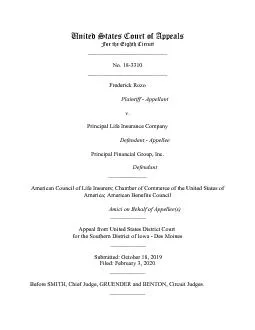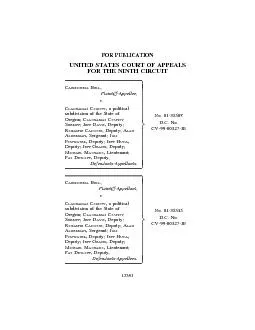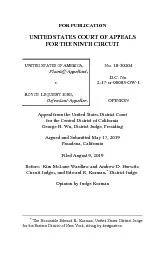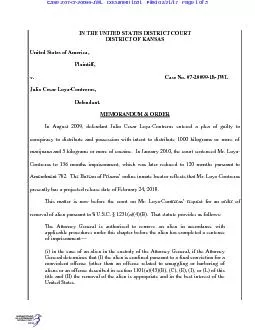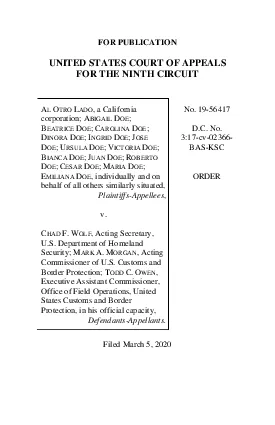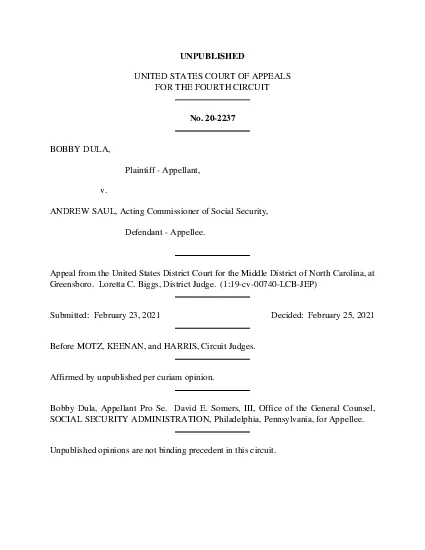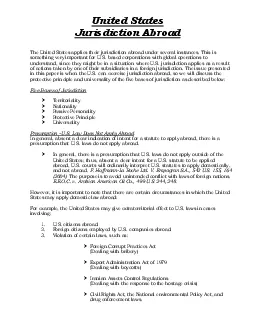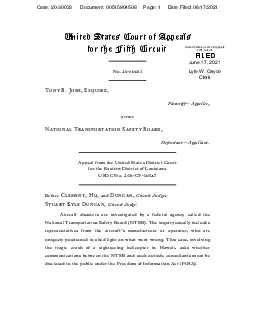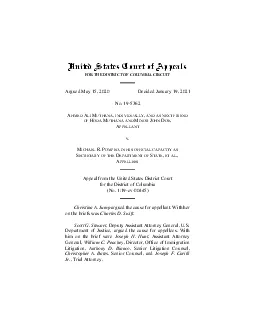PDF-1 UNITED STATES COURT OF APPEALSFor the Fifth CircuitNo 9860639Estat
Author : brooke | Published Date : 2021-06-21
1The administrative record reflects that NUFI issued themaster policy to International Telephone and Telegraph Corporationet al
Presentation Embed Code
Download Presentation
Download Presentation The PPT/PDF document "1 UNITED STATES COURT OF APPEALSFor the ..." is the property of its rightful owner. Permission is granted to download and print the materials on this website for personal, non-commercial use only, and to display it on your personal computer provided you do not modify the materials and that you retain all copyright notices contained in the materials. By downloading content from our website, you accept the terms of this agreement.
1 UNITED STATES COURT OF APPEALSFor the Fifth CircuitNo 9860639Estat: Transcript
Download Rules Of Document
"1 UNITED STATES COURT OF APPEALSFor the Fifth CircuitNo 9860639Estat"The content belongs to its owner. You may download and print it for personal use, without modification, and keep all copyright notices. By downloading, you agree to these terms.
Related Documents

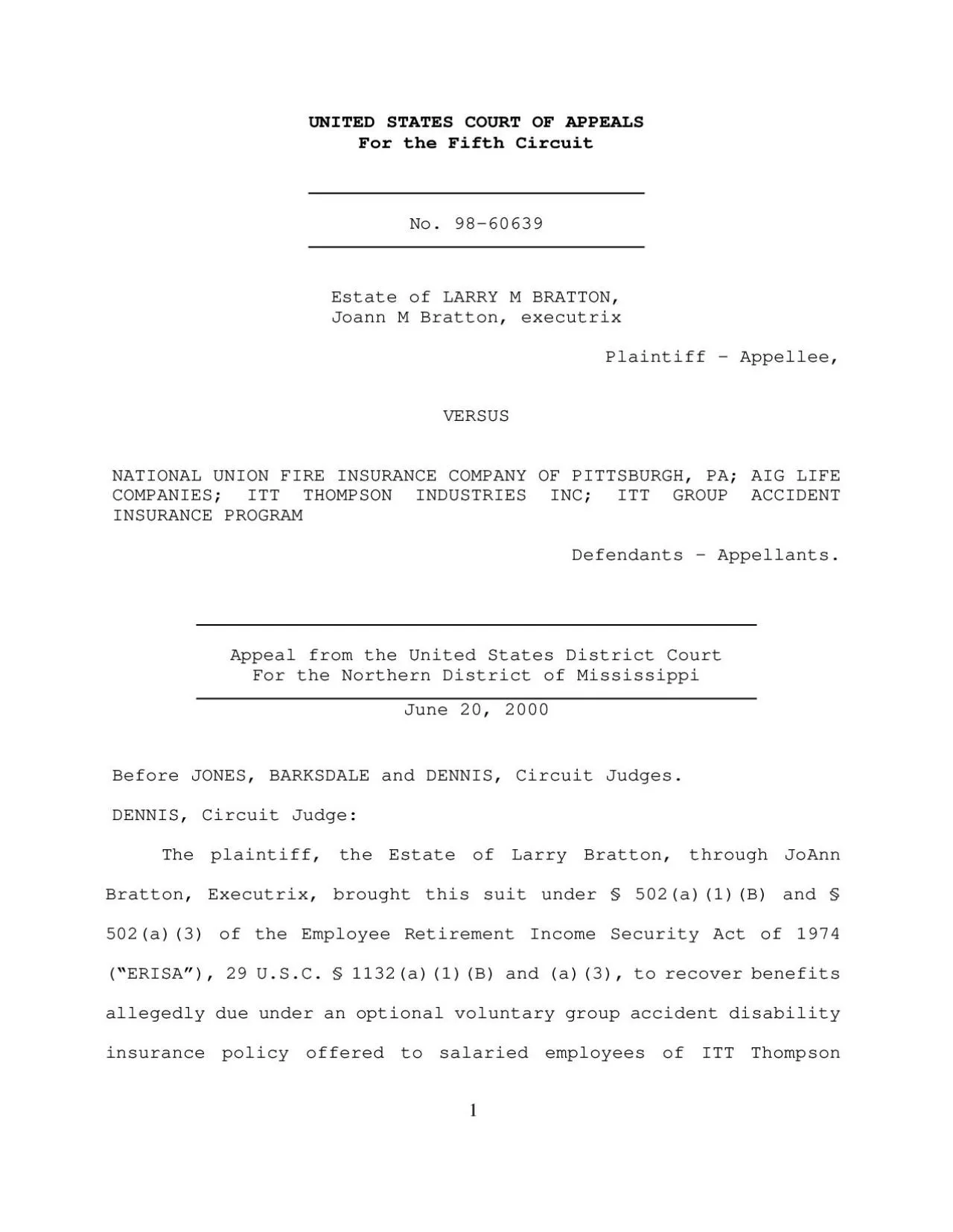
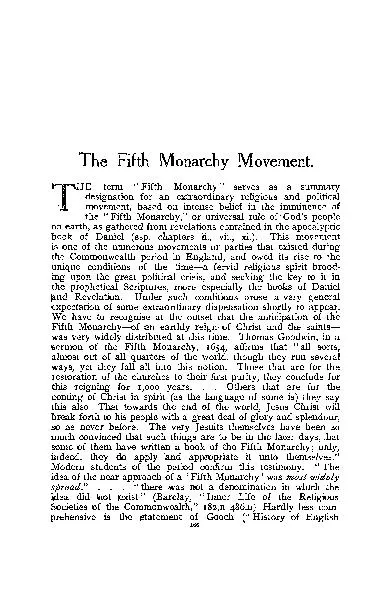
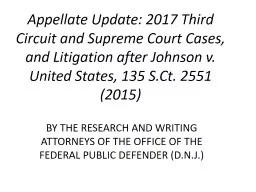
![[PUBLISH]IN THE UNITED STATES COURT OF APPEALSFOR THE ELEVENTH CIRCUIT](https://thumbs.docslides.com/818709/publish-in-the-united-states-court-of-appealsfor-the-eleventh-circuit.jpg)
